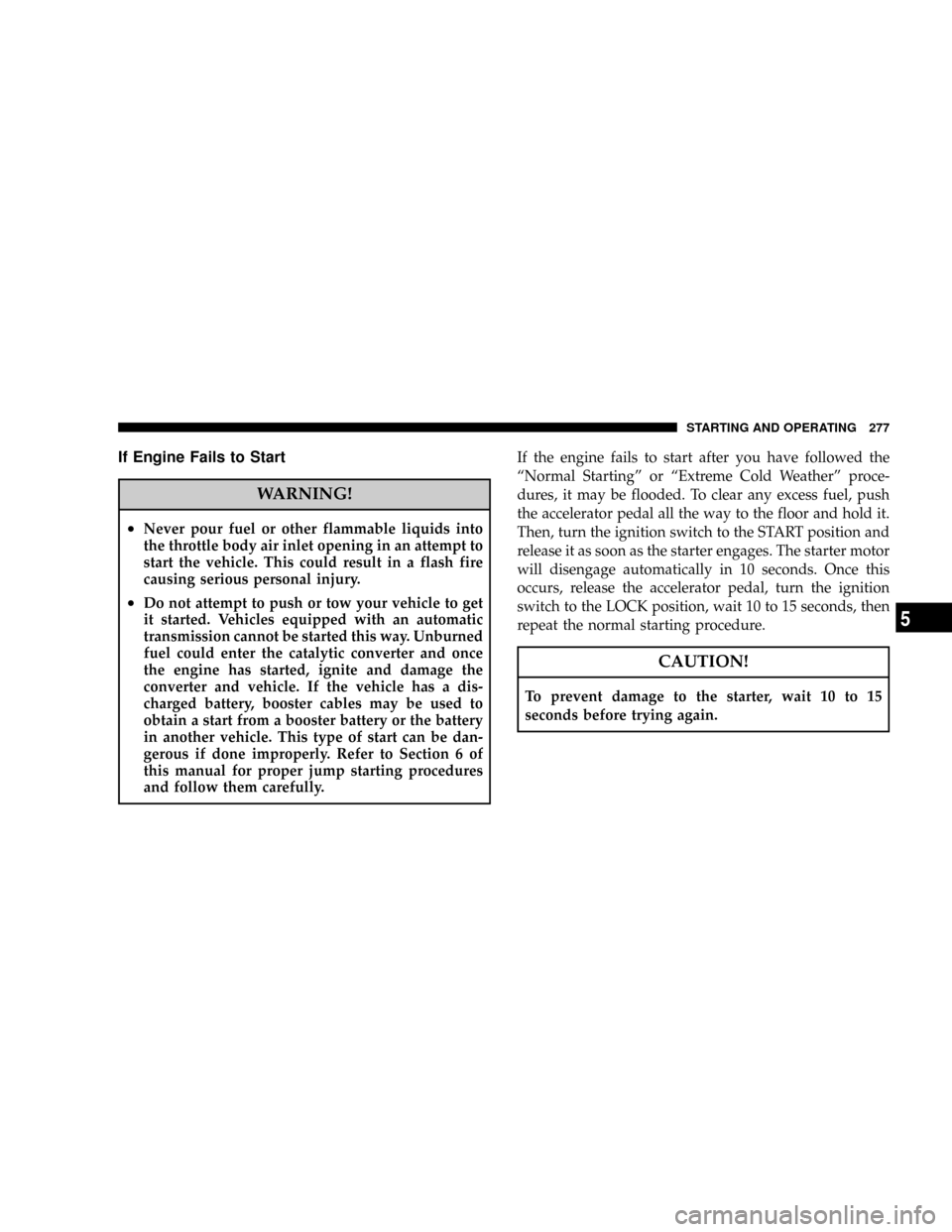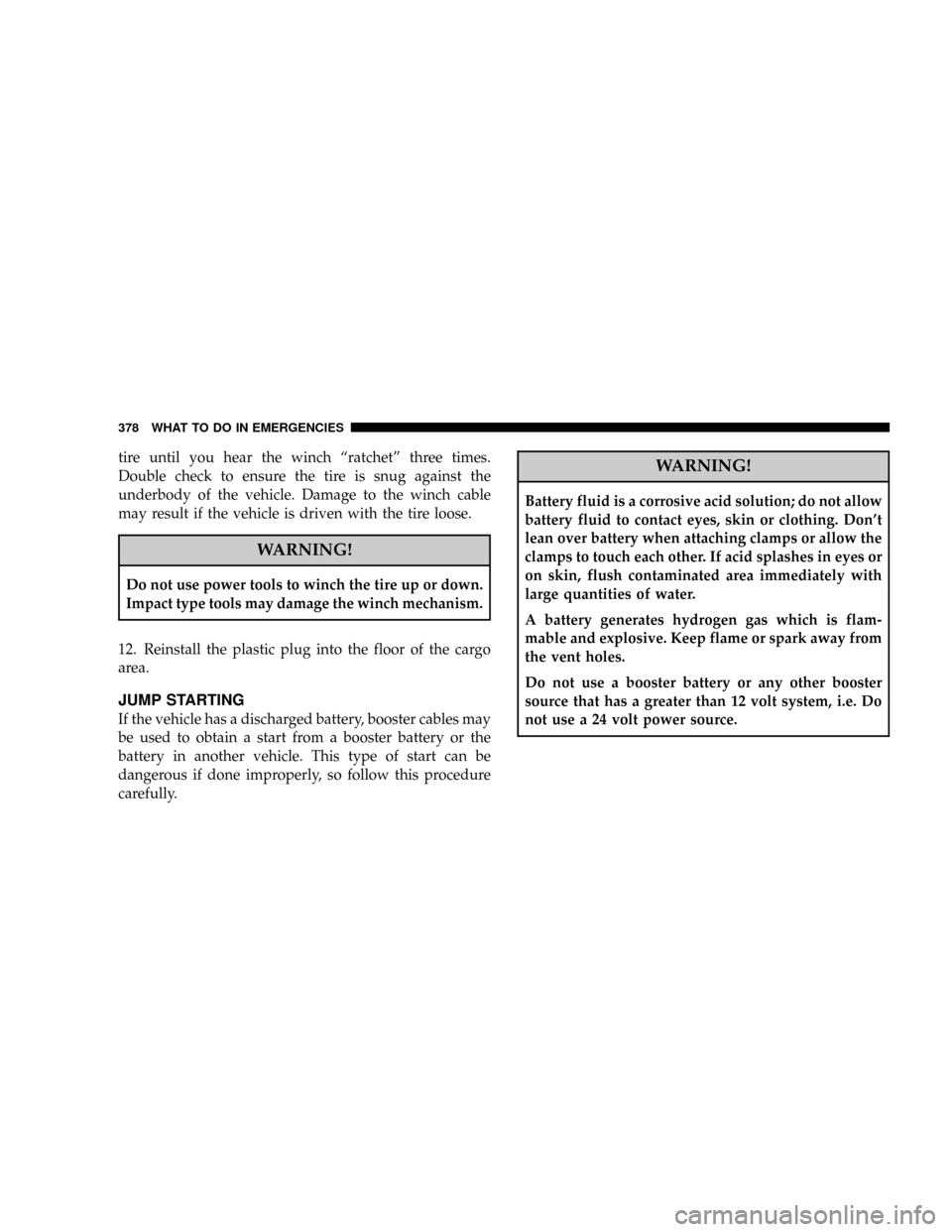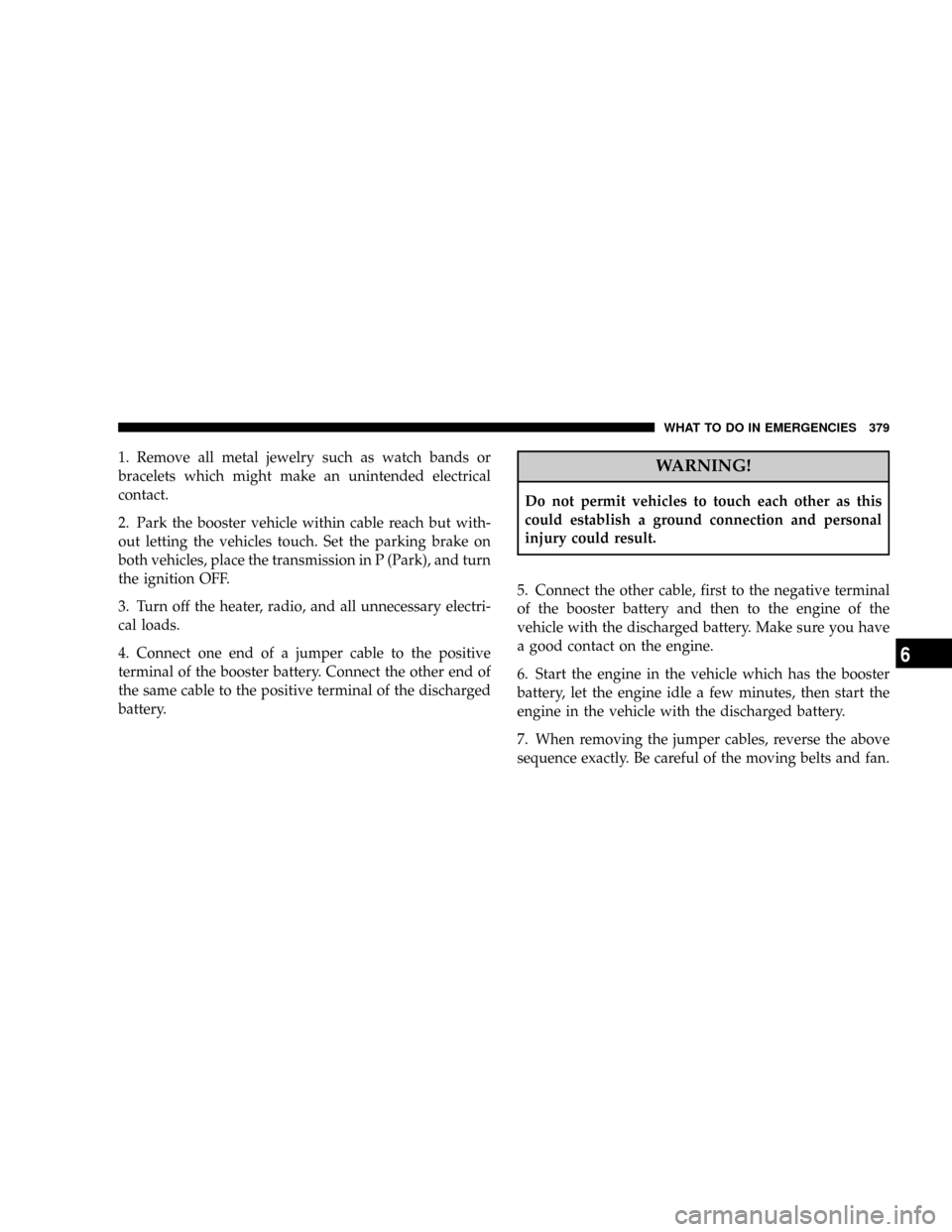Page 249 of 490

List or Browse Mode
DuringPlaymode, pressing any of the following buttons
will take you toListmode.Listmode enables you to
scroll through the list of menus and tracks on the iPodt.
TUNE/SCROLL Knob
In theListmode, the ªTUNE/SCROLLº knob functions
in a similar manner as the scroll wheel on the iPodt.
Turning the ªTUNE/SCROLLº knob clockwise (forward)
and counter-clockwise (backward) scrolls through lists,
displaying the track detail on the radio display. Once you
have the track to be played highlighted on the radio
display, press the ªTUNE/SCROLLº knob to select and
start playing the track. By turning the ªTUNE/SCROLLº
knob fast, you can jump through the list faster. During
fast scroll, you may notice a slight delay in updating the
information on the radio display.
During all List modes, the iPodtwill display all lists in
ªwrap-aroundº mode. So if the track you wish to select isat the bottom of the list, you just turn the ªTUNE/
SCROLLº knob backwards (counter-clockwise) to get to
the track faster.
Radio Preset Buttons
In theListmode, the radio preset buttons are used as
shortcuts to the following lists on the iPodt.
²1 ± Playlists
²2 ± Artists
²3 ± Albums
²4 ± Genres
²5 - Audiobooks
²6 ± Podcasts
After pressing a preset button, you will see the list you
are in on the top line and the first item in that list on the
second line.
UNDERSTANDING YOUR INSTRUMENT PANEL 249
4
Page 277 of 490

If Engine Fails to Start
WARNING!
²Never pour fuel or other flammable liquids into
the throttle body air inlet opening in an attempt to
start the vehicle. This could result in a flash fire
causing serious personal injury.
²Do not attempt to push or tow your vehicle to get
it started. Vehicles equipped with an automatic
transmission cannot be started this way. Unburned
fuel could enter the catalytic converter and once
the engine has started, ignite and damage the
converter and vehicle. If the vehicle has a dis-
charged battery, booster cables may be used to
obtain a start from a booster battery or the battery
in another vehicle. This type of start can be dan-
gerous if done improperly. Refer to Section 6 of
this manual for proper jump starting procedures
and follow them carefully.If the engine fails to start after you have followed the
ªNormal Startingº or ªExtreme Cold Weatherº proce-
dures, it may be flooded. To clear any excess fuel, push
the accelerator pedal all the way to the floor and hold it.
Then, turn the ignition switch to the START position and
release it as soon as the starter engages. The starter motor
will disengage automatically in 10 seconds. Once this
occurs, release the accelerator pedal, turn the ignition
switch to the LOCK position, wait 10 to 15 seconds, then
repeat the normal starting procedure.
CAUTION!
To prevent damage to the starter, wait 10 to 15
seconds before trying again.
STARTING AND OPERATING 277
5
Page 369 of 490
WHAT TO DO IN EMERGENCIES
CONTENTS
mHazard Warning Flashers.................370
mIf Your Engine Overheats.................371
mJacking And Tire Changing................372
NJack Location........................372
NSpare Tire Stowage....................373
NSpare Tire Removal....................373
NPreparations For Jacking................374NJacking Instructions....................375
mJump Starting.........................378
mEmergency Tow Hooks Ð If Equipped........381
mTowing A Disabled Vehicle................382
N2WD Models Only....................382
N4WD Models Only....................382
6
Page 378 of 490

tire until you hear the winch ªratchetº three times.
Double check to ensure the tire is snug against the
underbody of the vehicle. Damage to the winch cable
may result if the vehicle is driven with the tire loose.
WARNING!
Do not use power tools to winch the tire up or down.
Impact type tools may damage the winch mechanism.
12. Reinstall the plastic plug into the floor of the cargo
area.
JUMP STARTING
If the vehicle has a discharged battery, booster cables may
be used to obtain a start from a booster battery or the
battery in another vehicle. This type of start can be
dangerous if done improperly, so follow this procedure
carefully.
WARNING!
Battery fluid is a corrosive acid solution; do not allow
battery fluid to contact eyes, skin or clothing. Don't
lean over battery when attaching clamps or allow the
clamps to touch each other. If acid splashes in eyes or
on skin, flush contaminated area immediately with
large quantities of water.
A battery generates hydrogen gas which is flam-
mable and explosive. Keep flame or spark away from
the vent holes.
Do not use a booster battery or any other booster
source that has a greater than 12 volt system, i.e. Do
not use a 24 volt power source.
378 WHAT TO DO IN EMERGENCIES
Page 379 of 490

1. Remove all metal jewelry such as watch bands or
bracelets which might make an unintended electrical
contact.
2. Park the booster vehicle within cable reach but with-
out letting the vehicles touch. Set the parking brake on
both vehicles, place the transmission in P (Park), and turn
the ignition OFF.
3. Turn off the heater, radio, and all unnecessary electri-
cal loads.
4. Connect one end of a jumper cable to the positive
terminal of the booster battery. Connect the other end of
the same cable to the positive terminal of the discharged
battery.WARNING!
Do not permit vehicles to touch each other as this
could establish a ground connection and personal
injury could result.
5. Connect the other cable, first to the negative terminal
of the booster battery and then to the engine of the
vehicle with the discharged battery. Make sure you have
a good contact on the engine.
6. Start the engine in the vehicle which has the booster
battery, let the engine idle a few minutes, then start the
engine in the vehicle with the discharged battery.
7. When removing the jumper cables, reverse the above
sequence exactly. Be careful of the moving belts and fan.
WHAT TO DO IN EMERGENCIES 379
6
Page 380 of 490
WARNING!
Any procedure other than above could result in:
1. Personal injury caused by electrolyte squirting out
the battery vent;
2. Personal injury or property damage due to battery
explosion;
3. Damage to charging system of booster vehicle or
of immobilized vehicle.
WARNING!
²You should not try to start your vehicle by pushing
or towing.
²Do not connect the cable to the negative post of the
discharge battery. The resulting electrical spark
could cause the battery to explode.
²During cold weather when temperatures are be-
low freezing point, electrolyte in a discharged
battery may freeze. Do not attempt jump starting
because the battery could rupture or explode. The
battery temperature must be brought up above
freezing point before attempting jump start.
380 WHAT TO DO IN EMERGENCIES
Page 474 of 490

E-85 Fuel............................. 340
Electric Remote Mirrors.................... 79
Electrical Outlet, Auxiliary (Power Outlet)...... 168
Electronic Brake Control System............. 138
Anti-Lock Brake System................. 138
Brake Assist System.................... 140
Electronic Roll Mitigation................ 141
Electronic Stability Program............... 142
Traction Control System................. 139
Electronic Roll Mitigation (ERM)............. 141
Electronic Speed Control (Cruise Control)...... 135
Electronic Stability Program (ESP)............ 142
Electronic Throttle Control Warning Light...... 195
Electronic Vehicle Information Center
(EVIC).............................193,196
Emergency, In Case of
Freeing Vehicle When Stuck............... 292
Hazard Warning Flasher................. 370
Jacking............................. 372Jump Starting......................... 378
Tow Hooks.......................... 381
Emission Control System Maintenance......391,444
Engine
Air Cleaner.......................... 398
Block Heater......................... 283
Break-In Recommendations................ 68
Compartment................386,387,388,389
Compartment Identification......386,387,388,389
Cooling............................. 407
Exhaust Gas Caution..................69,340
Fails to Start.......................... 277
Fuel Requirements..................336,440
Multi-Displacement..................... 309
Oil ..............................394,440
Oil Change Interval.................... 395
Oil Disposal.......................... 397
Oil Filter............................ 397
Oil Filter Disposal...................... 397
474 INDEX
Page 478 of 490

Infant Restraint........................58,59
Inflation Pressure Tires.................... 319
Information Center, Vehicle................. 196
Inside Rearview Mirror.................... 77
Instrument Cluster....................186,188
Instrument Panel and Controls.............. 185
Instrument Panel Lens Cleaning............. 425
Integrated Power Module (Fuses)............ 432
Interior Appearance Care.................. 424
Interior Fuses.......................... 426
Interior Lighting........................ 129
Interior Lights.......................126,129
Intermittent Wipers (Delay Wipers)........... 131
Introduction............................. 4
Inverter, Power......................... 169
Jack Location........................... 372
Jack Operation.......................372,375
Jacking Instructions...................... 375Jump Starting.......................... 378
Key, Programming........................ 19
Key, Replacement........................ 18
Key, Sentry (Immobilizer)................... 17
Key-In Reminder......................... 17
Keyless Entry System...................... 21
Keys................................. 14
Lap/Shoulder Belts....................... 37
LATCH (Lower Anchors and Tether for
CHildren)............................62,63
Lead Free Gasoline...................... 336
Leaks, Fluid............................ 70
Life of Tires............................ 323
Liftgate................................ 34
Liftgate Flipper Glass...................... 35
Liftgate Window Wiper/Washer............. 177
Lights..............................70,123
478 INDEX